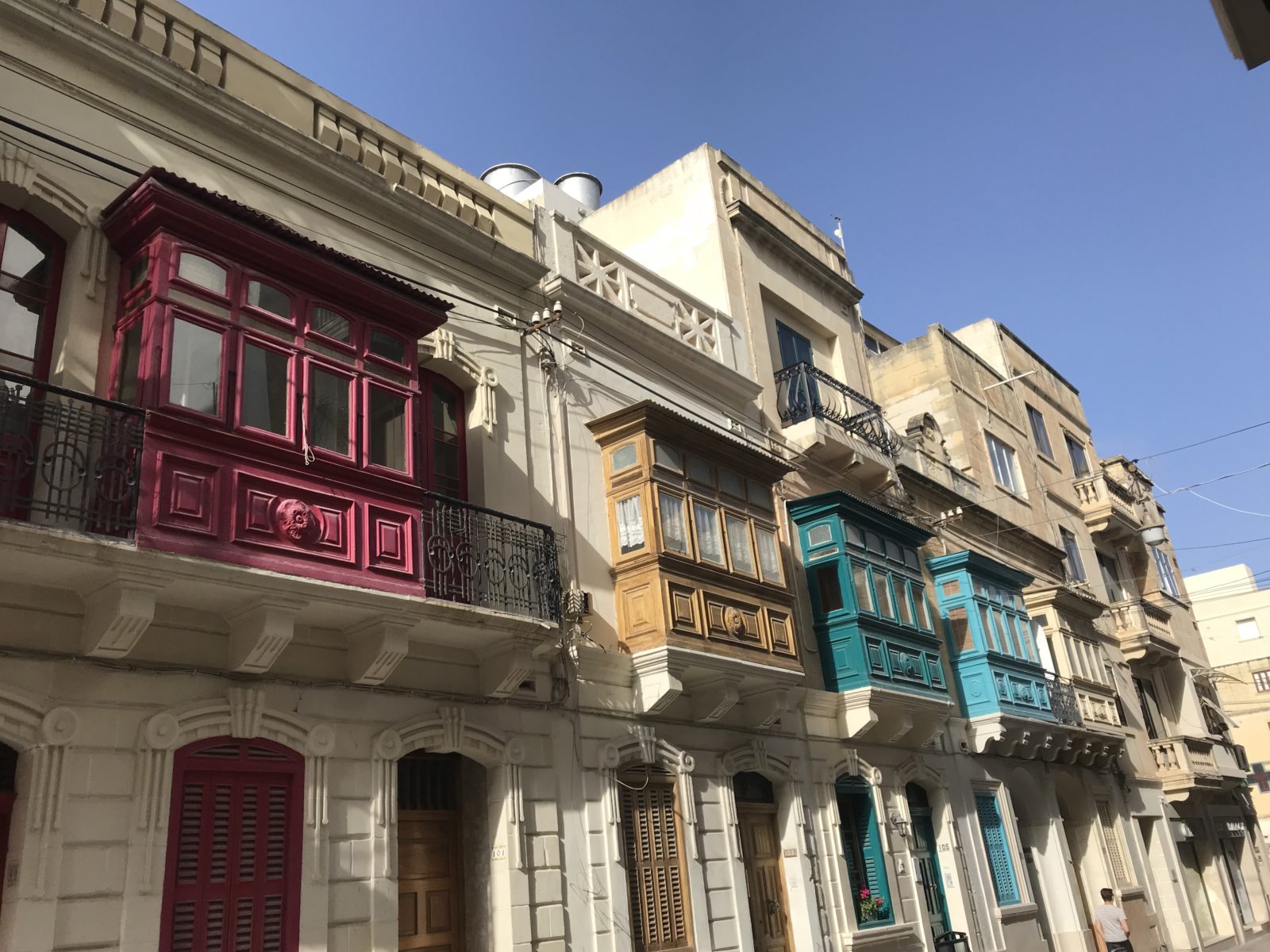This year for my solo trip, I chose the island nation of Malta. I wanted to go in May before it got too hot (last year I sweated my way through 35+ degree temperature; or 90+ Fahrenheit), and I also wanted somewhere near water. Malta was the perfect choice.
Malta is strategically located in the middle of the Mediterranean, and is actually three islands. Since the country is so small, everything is easily accessible by bus, and for anyone planning to go, I strongly recommend purchasing the 7-day bus pass–you can catch any bus you want, as many times as you want. It was only 21€, and with each trip costing 1,50€, was well worth it. I started my trip in Valletta, the capital. The first thing one notices about Malta as a whole is that most buildings are made of the same tan rock, as it is the building material most available on the island. To break up the monotone color, many buildings have beautifully decorated doors, windows, and terraces.
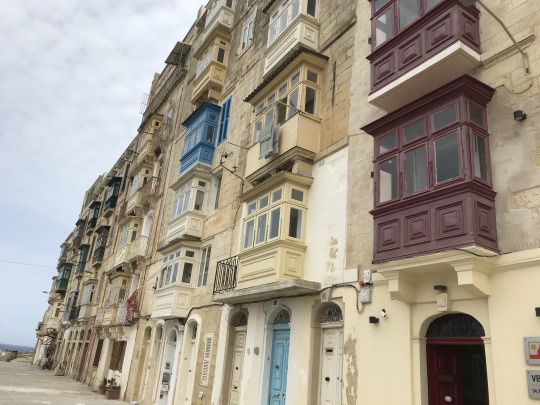
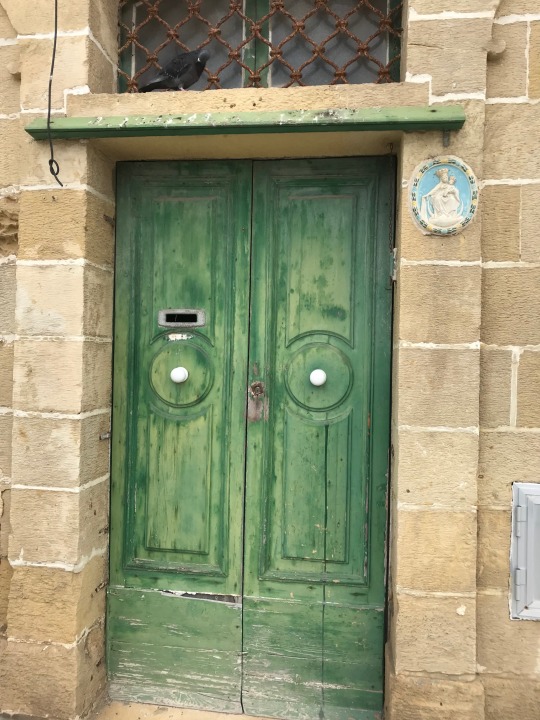

Valletta, like most cities on the islands, is very small, and can easily be seen in one day. I started my tour at Fort St. Elmo, which offers splendid views to the sea. Another thing one quickly realizes is that no matter where you are in Malta, there is always a fantastic view to the sea, so I might just stop mentioning it in this post for fear of being annoying!
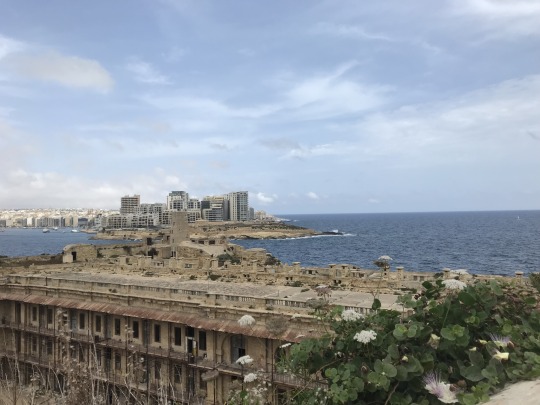
The fort is located at the tip of the city, so after leaving I turned around and headed back to the center, stopping at Casa Rocca Piccola, a house-turned museum from a noble family dating back to the 1600s. I normally don’t go for guided tours, but this one promised to be only 45 minutes and was starting in 15 minutes, so I bought my ticket and enjoyed an ice cream while I waited. The tour was actually very interesting, and I learned that while both Maltese and English are Malta’s official languages (thanks to imperialism), learning them is more of a socioeconomic issue than anything else–people who grow up in cities tend to learn English as their first language and Maltese in school while people living in more rural areas learn Maltese at home and English in school (the more you know).

After the tour, I headed to the cathedral, which has an impressive Caravaggio collection, and then to the Archaeological Museum. I don’t really like archaeological museums so much, but this one had ancient stone statues of ‘fat women’ which were found in a temple dating back 4000 years which i was going to see the next day, so off I went.
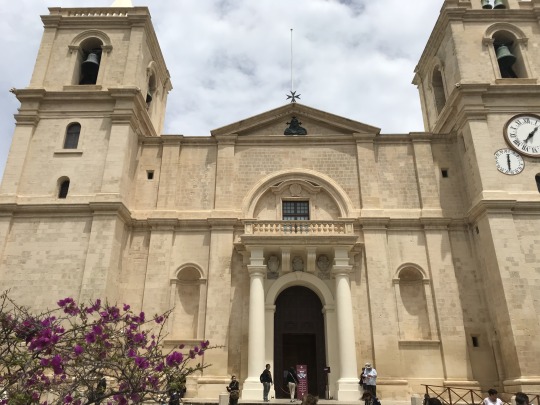

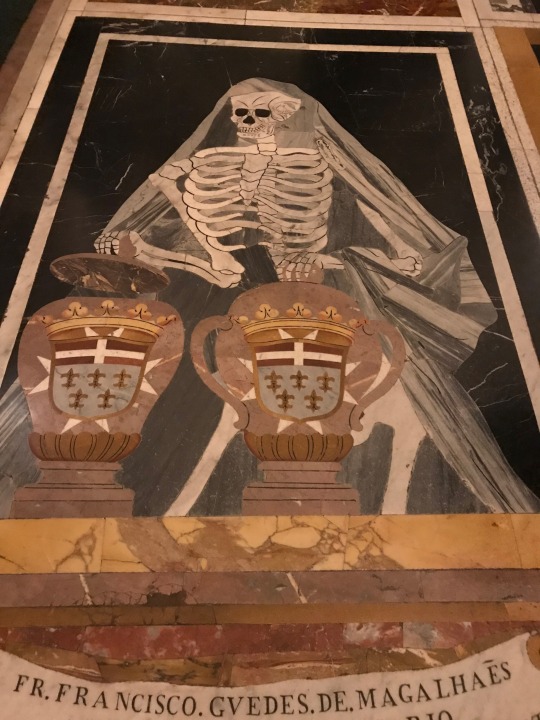
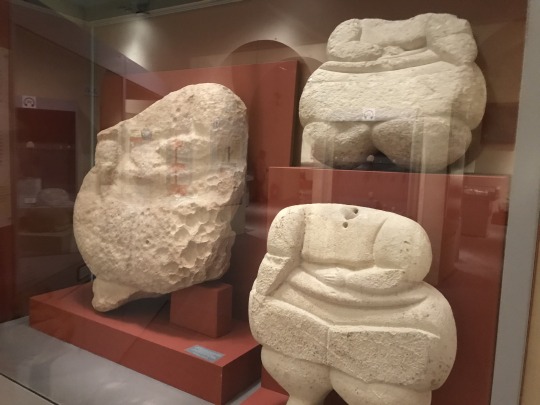
I then had lunch in a traditional Maltese restaurant, and ate eggplant stuffed with Maltese cheese and sausage. It was delicious! Continuing on my wander, I went past the Parliament building and some more churches (there are over 360 churches on these three, small islands!) and sat for a while to enjoy the view.
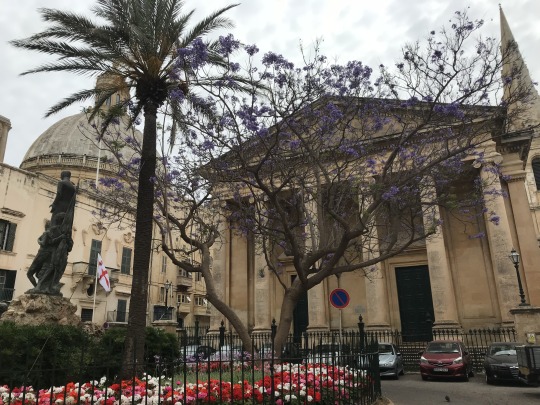
After going back to my Airbnb, showering, and resting, I ventured out into the neighborhood around my house (Gzira) and stopped to admire the parish church, and the view of the water which looks out on Valletta.
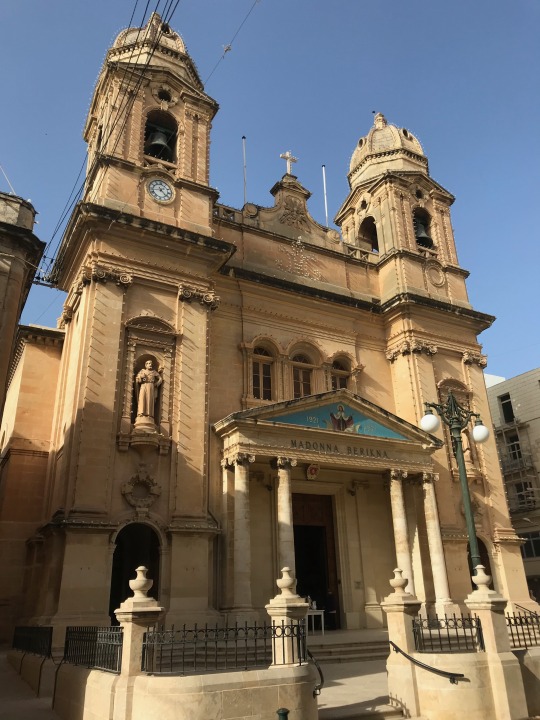

Day 1 was finished! Day 2 turned out to be busier than the first–I woke up early and headed to the Hal Saflieni Hypogeum, where the ‘fat women’ statues had been discovered. It is an ancient temple (4000 years old) that was discovered when someone was trying to dig a well and broke a hole into its ceiling. It is strictly monitored so that it doesn’t decline, and only 10 people can visit each hour. I was very lucky to get tickets, as they are sold out 3-4 months in advance. I couldn’t take any pictures, but after my tour I went to the Tarxien Temples, which, while not as old, were outside and very interesting to see.
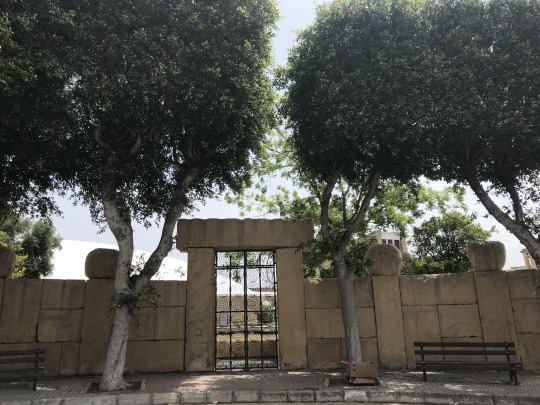
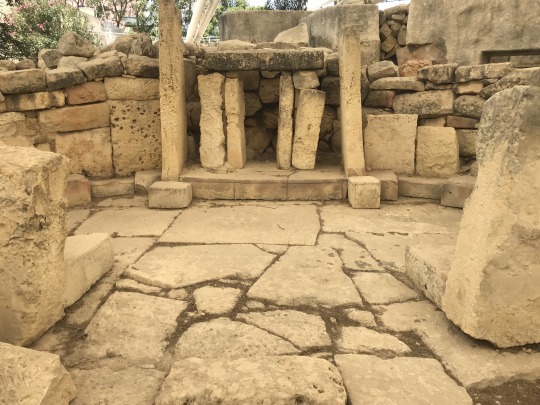
I then continued on to what is called the Three Cities, made up of Senglea, Birgu, and Kalkara. There wasn’t much to see, but I wandered around them nonetheless and took some fabulous pictures (as always).
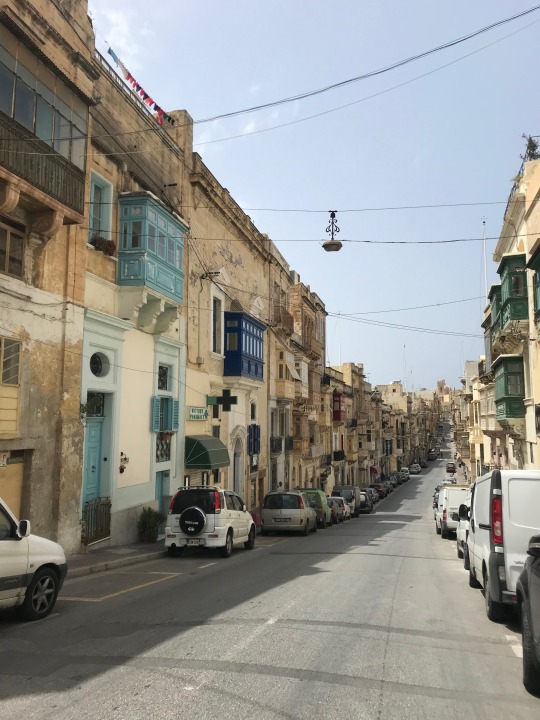
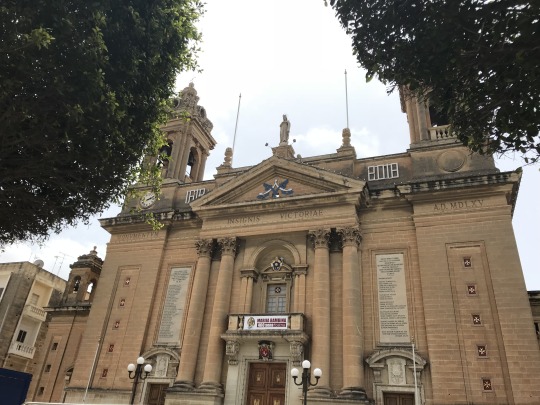
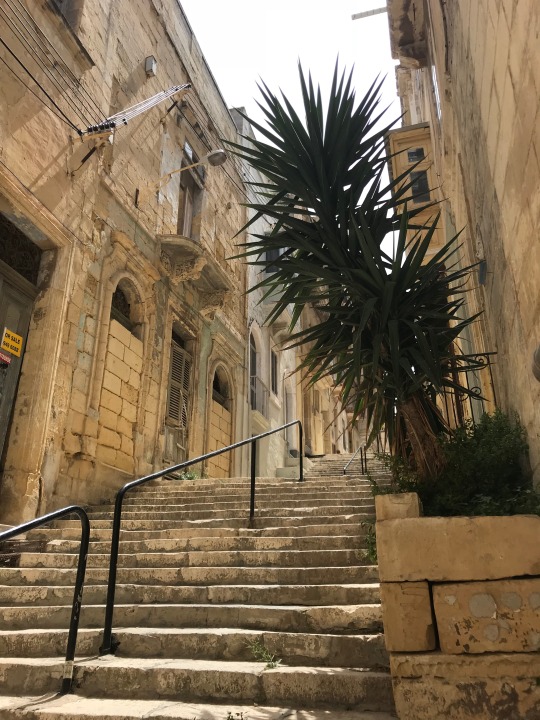
Day 3 consisted of more smaller cities: Rabat/Mdina and Mosta. Rabat and Mdina are basically right next to each other, but Mdina has old fortress walls surrounding it. I started in Rabat, where there were catacombs (with no bones, but spiders everywhere), and an ancient Roman house that has the tile floors still intact (like the one here in Palencia but not as good).
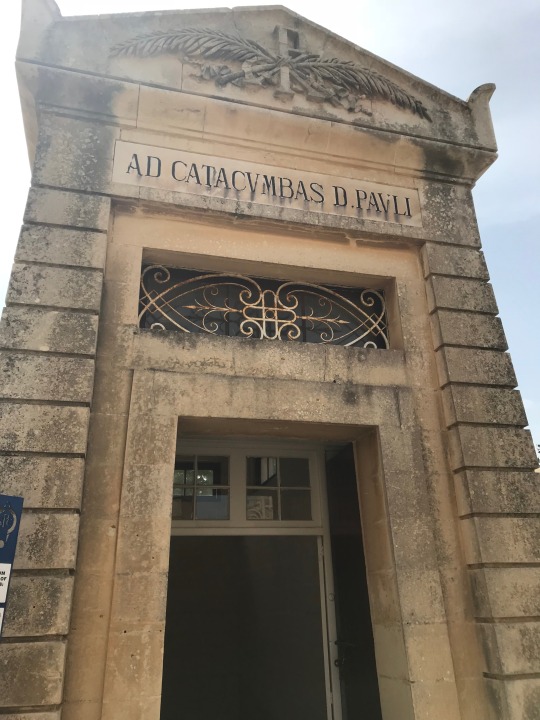
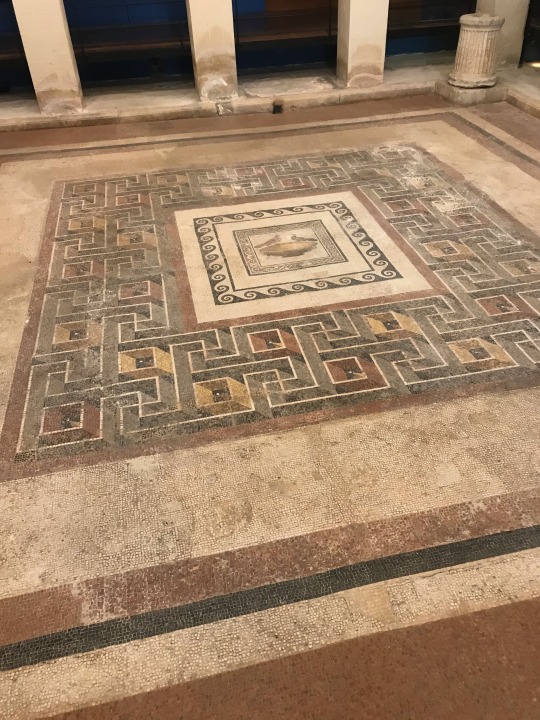
And, of course, colored doors and windows everywhere!
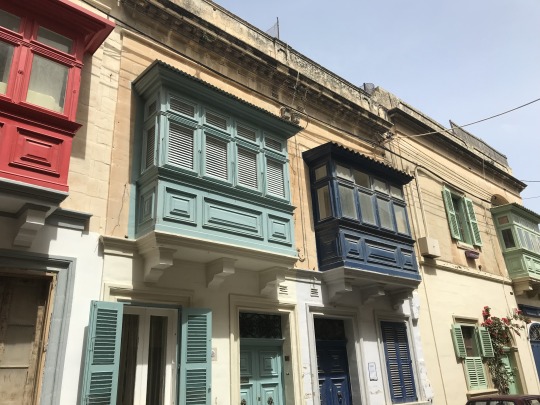
Mdina was much more touristy and after admiring the cathedral and the view from the walls, I hurried out–although I am a tourist (I prefer the word traveler), I also prefer not to be surrounded by others. Takes the tranquility out of the whole experience.
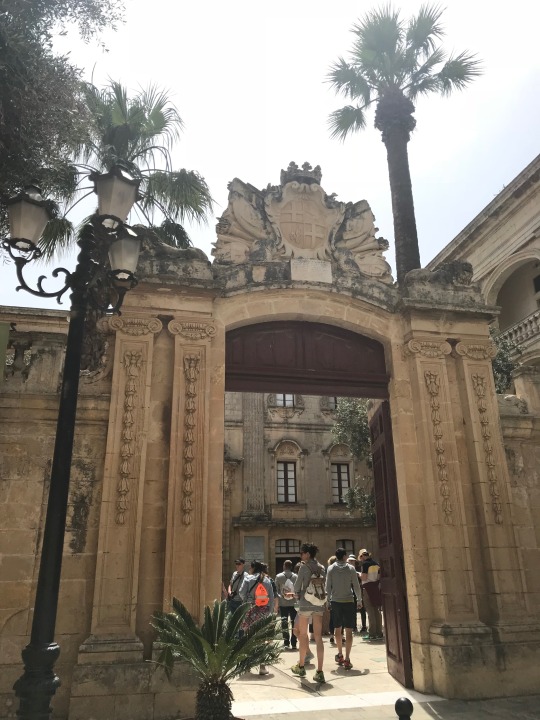
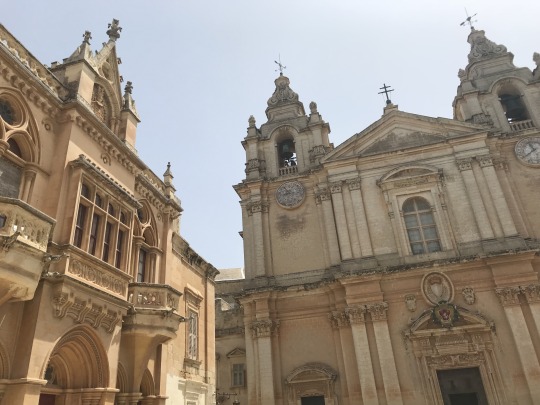
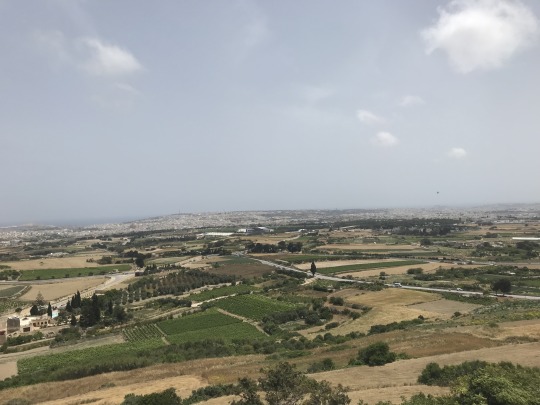
After leaving Mdina, I went straight to Costa by bus, where there is a great domed church, famous for not only its dome but also a replica missile it has. The missile hit the church during WWII but amazingly did not pierce through the dome. I saw the church and then hit a nearby Chinese restaurant for lunch.

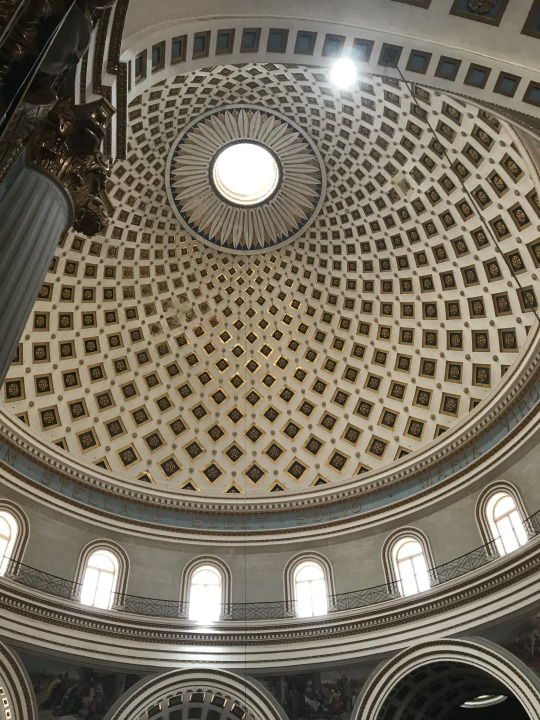
The next day was Sunday, and there is a popular fishing village, called Marsaxlokk, that has a huge market on Sundays, so I headed there (along with all the other tourists visiting Malta that week). But first I went to the Blue Grotto, on the south coast of Malta, not too far from Marsaxlokk. It is basically an outcropping of huge rock hills looking out to see, and even though it was pouring rain, it still was beautiful.
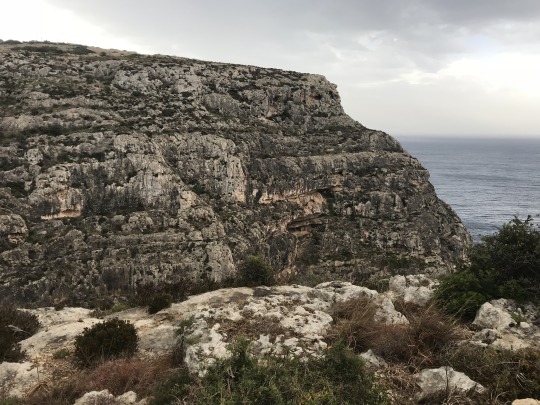
I then headed on to Marsaxlokk, and in the 45 minutes that it took me to get there, the storm had stopped and the weather was hot and sunny yet again. In the afternoon I went to the nearest beach, in St. Julian, and it was SUPER touristy. The beach was small, everything was expensive, and there were people everywhere, so after having a coffee and relaxing for a bit, I returned to the airbnb.

The next day I began the next part of my trip on the second biggest island of Gozo. I dropped my bags at my airbnb, in Ghajnielem, close to the port, and went to two villages: Victoria and Xaghra. Victoria was more touristy and consisted of a medieval fort/village, like Mdina. Btw, my view of the port and surrounding area from my airbnb was pretty amazing (second picture).

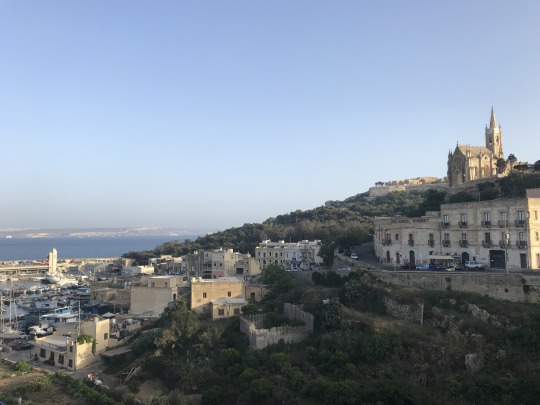
After wandering around there for a bit, I continued on to Xaghra, which had quite a few interesting things, including the parish church, the Ggantija ruins that are older than the Pyramids, a windmill that is now a folklore museum, and a cave that was discovered in the basement of someone’s house. The old woman that lives in the house gave mea short tour and explained that her grandfather had discovered the cave while digging for a well and that it extended into the next house as well, so they bought it to be able to give tours and have it to themselves!

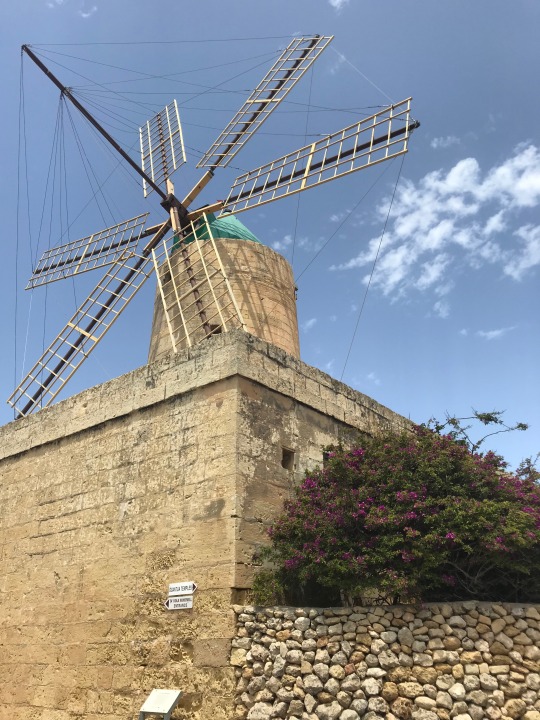

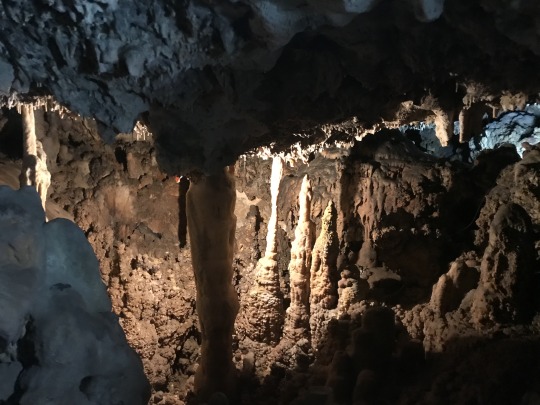
My last stop on this trip, on my last day, was to the smallest island of the three: Comino. Hardly anyone lives on this island, but it is home to Malta’s claim to fame: the Blue Lagoon. Basically a small bay that is shallow and has crystal clear water. Unfortunately it was freezing water, but I still went for a swim!
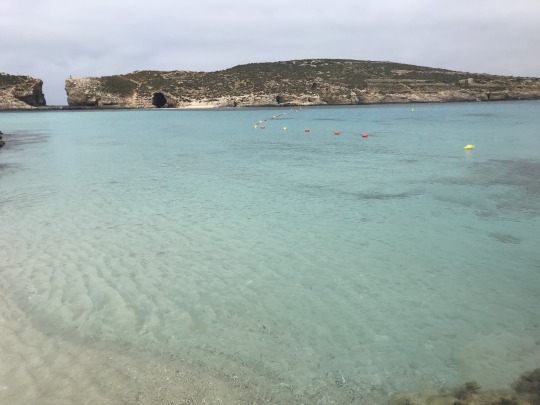
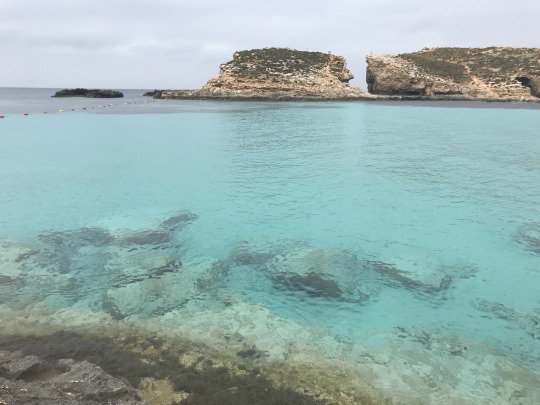
Malta was by far one of the more complicated trips I have taken in terms of planning, because you are basically seeing the whole country, not just one or two cities. A week was the perfect amount of time to spend there, although if you are interested in having more beach time, you should add on one or two days and maybe even make it a ten-day trip. I consider solo travel to be one of the most important and sacred things a person can do, because it is not often we take the time to be quiet and listen to ourselves. It doesn’t matter if a person is single or married or whatever, solo travel and solo time is important.
